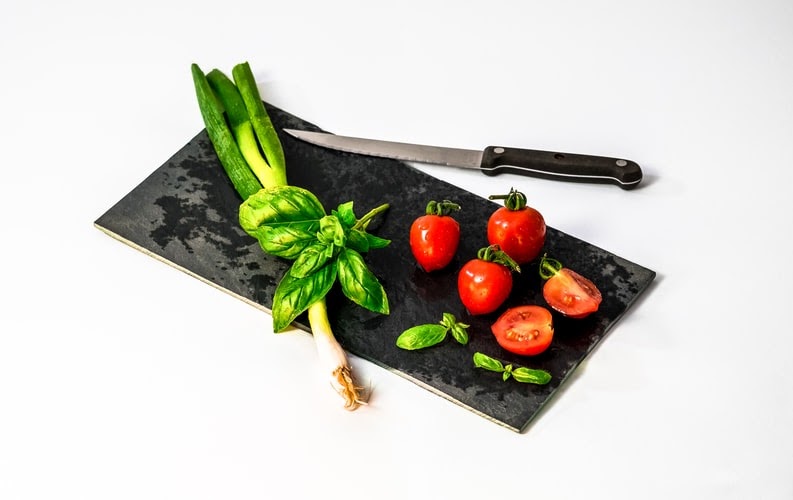Normal blood pressure is between 90/60 and 120/80 mm Hg. However, this range may vary depending on your overall condition, age and medical history. Doctors use electronic blood pressure monitors to diagnose low blood pressure if you experience the following symptoms:
- Dizziness
- Blurry vision
- Fainting
- Confusion or trouble concentrating
- Weakness
- Nausea or vomiting
- Light-headedness
In case you have the following, see a doctor immediately:
- Cold or clammy skin
- Shallow breathing
- A rapid pulse
Shock can be a medical emergency. The following are the causes of low blood pressure:
- Anemia
- Abrupt change in position
- Dehydration
- Autonomic nervous system disorders
- Endocrine disorders
- Diet
- Extreme allergic reaction
- Eating a big meal
- Heart disease or heart attack
- Extreme blood loss
- Certain medications
- Low blood pressure
- Stress
- Severe infection
- Pregnancy
- Low blood sugar
- Vigorous exercise
- Thyroid conditions
- Parkinson’s disease and other neurological diseases
Table of Contents
Diet for Low Blood Pressure
There are certain types of foods that can raise your blood pressure. It is important to monitor symptoms and measure blood pressure on a regular basis using an electronic blood pressure monitor. Here are some tips:
More Fluids
Blood volume decreases when you drink less water. This leads to low blood pressure. It is important to stay hydrated when you are exercising.
Vitamin – 12
Lack of vitamin B-12 can cause anemia which can lead to fatigue or low blood pressure. Eat fortified cereals, animal meats, eggs, nutritional yeast and other foods with high vitamin-12 content.
Folate
Foods with high folate content are good for people with low blood pressure. Lack of folate leads to anemia. Eggs, leafy greens, beans, lentils, citrus fruits and asparagus are some of the foods rich in folate content.
Salt
Olives, pickled items, cottage cheese, smoked fish, and canned soup are some of the foods that can increase your blood pressure.
Caffeine
Caffeinated tea and coffee temporarily boost your heart rate to stimulate your cardiovascular system. This can increase your blood pressure.
Low Blood Pressure Prevention
Speak to a dietitian or a healthcare provider to learn about the foods that you should include in your diet. Modifying daily behaviors can also help in keeping blood pressure under control. If you experience any of the anemia symptoms, visit a healthcare professional to learn about the type of anemia you have to get the right treatment. Here are some diet tips for low blood pressure:
- Don’t eat large meals as this can dramatically reduce your blood pressure. Frequently eat small meals.
- Avoid or at least limit alcohol and drink more water. Staying hydrated is important to avoid low blood pressure.
In addition to changing your diet, make the following changes in your lifestyle:
- Take frequent breaks and stay hydrated if you are exercising out in the sun.
- Don’t spend too much time in hot tubs, steam rooms and saunas as this causes dehydration.
- Avoid long-term bed rest.
- Wear compression stockings to support the flow of blood in the legs and feet.
Low Blood Pressure and Pregnancy
Blood vessels dilate due to hormonal changes and expansion of the circulatory system during the first 24 weeks. Speak to your OB-GYN if your electronic blood pressure monitor reads low blood pressure. Low blood pressure during pregnancy is temporary. Use a portable blood pressure monitor to keep track of your blood pressure. Most importantly, stay hydrated and eat a healthy diet.

